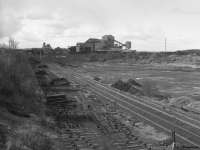Ashington Collieries Railway
Introduction
The collieries at Ashington, originally served by a branch from Pegswood, developed to form a large private railway system. This system started with a branch from Pegswood (station not yet opened at the time) to Ashington. This was connected to the Newbiggin Branch (Blyth and Tyne Railway) at Ashington. The system extended north to serve Linton, Ellington and Lynemouth. Later additions were the Linton to Butterwell to the Newcastle and Berwick Railway line and the Lynemouth to Newbiggin line.
Dates
| / /1972 | Ashington Collieries Railway Lynemouth Power Station opens for the Lynemouth Aluminium Smelter, then under construction. The power station was built on the already existing Ashington Collieries Railway. |
| / /1974 | Lynemouth Aluminium Works Branch (British Railways) Lynemouth Aluminium Smelter opened. To serve the works the new Lynemouth Aluminium Works Branch (British Railways) was opened off the existing Ashington Collieries Railway, this portion of the latter line being a branch off the Newbiggin Branch (Blyth and Tyne Railway). |
| / /2015 | Ashington Collieries Railway Lynemouth Power Station ceases to use coal. |
| / /2018 | Ashington Collieries Railway Lynemouth Power Station re-opens having been converted to use biomass. |
Portions of line and locations
This line is divided into a number of portions.
Ashington Colliery to Linton Colliery

Bill Roberton //1991

David Bosher 15/06/2018
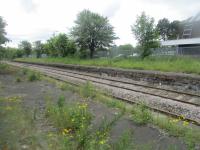
David Bosher 15/06/2018
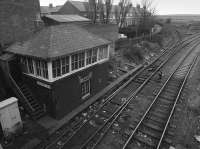
Bill Roberton //1987
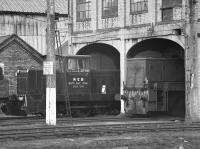
Bill Roberton //1987
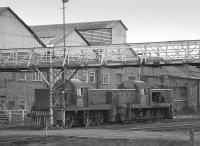
Bill Roberton //1987
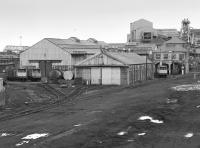
...
Bill Roberton //1987
Ellington Colliery
Lynemouth Colliery and Power Station
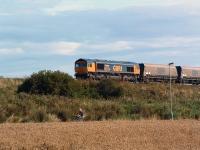
Colin Alexander 02/09/2009
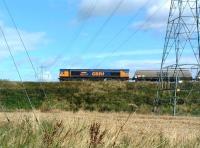
Colin Alexander 02/09/2009
Ashington Colliery

Bill Roberton //1987

Bill Roberton //1987

...
Bill Roberton //1987
Butterwell
This is a train loading point for opencast coal from the surrounding area. It is located on the private line between Butterwell Junction and Ashington Junction, close to the first junction. It consists of bunkers and looped sidings.
...










